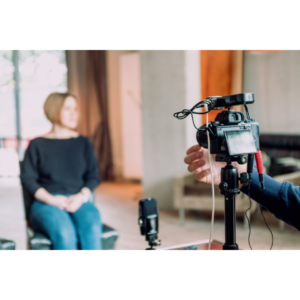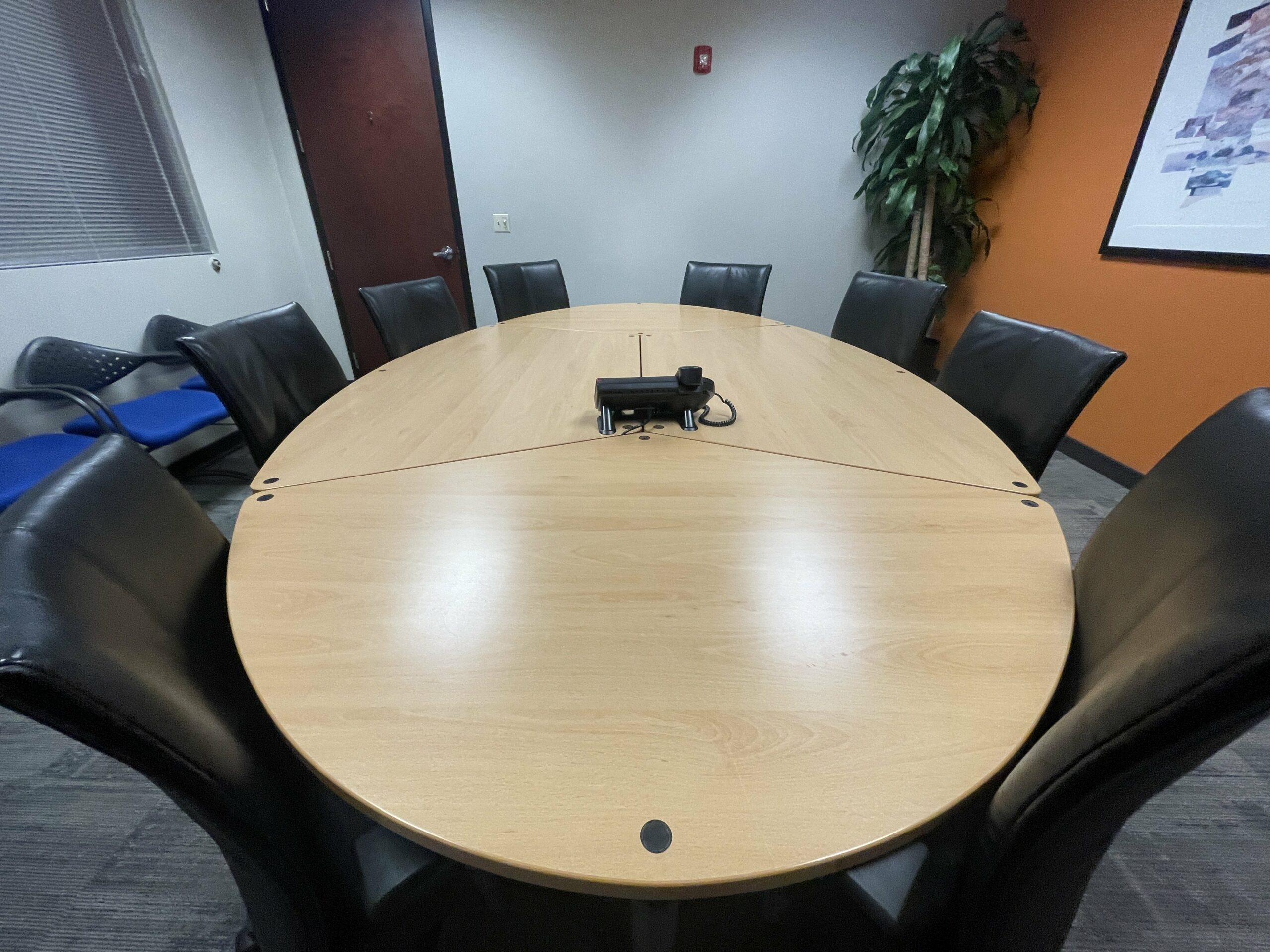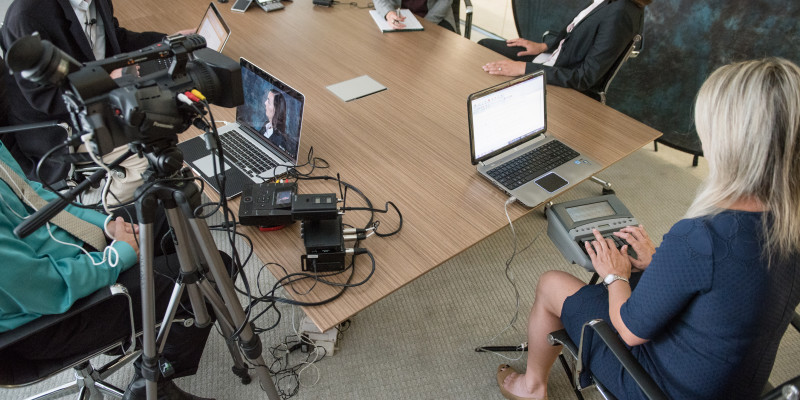Trusted Legal Videography for Reliable Case Support.
Why Lawful Videography Is Necessary for Accurate Legal Record-Keeping
In the realm of legal process, the accuracy of record-keeping is critical, and legal videography becomes an essential tool in this context. By recording the subtleties of verbal and non-verbal interaction, it dramatically decreases the potential for false impression that can go along with typical written documents. Additionally, the preservation of authentic visual proof not just boosts the credibility of testimonies however also adds to a detailed account of events. As we explore the complex advantages of lawful videography, one should consider its implications for the future of judicial integrity and transparency - legal videography.
Significance of Visual Proof
Establishing the value of visual evidence in legal procedures is critical for making sure exact record-keeping and enhancing the total honesty of the judicial process. Aesthetic evidence acts as a vital device in documenting occasions, conditions, and other relevant information that might be necessary to an instance. Unlike composed accounts, which are susceptible to interpretation and prejudice, visual recordings offer an objective, unalterable representation of realities as they happened.


This form of evidence can capture a selection of aspects, consisting of witness actions, environmental context, and physical proof, all of which might affect judicial results. By providing a clear and thorough aesthetic story, legal videography removes obscurity and aids to protect the credibility of the evidence.
Moreover, visual evidence can be critical in minimizing disputes over valid disparities, as it enables for a straight comparison against testament and other recorded documents. In an era where electronic modern technology is significantly prevalent, the capacity to present aesthetic proof successfully can substantially improve the general high quality of legal process. Ultimately, the incorporation of visual evidence not only reinforces the documentation procedure yet likewise strengthens public count on the judicial system by advertising openness and accountability.
Enhancing Statement Integrity
The integration of lawful videography right into court room procedures significantly improves the trustworthiness of witness statement. By capturing the nuances of spoken and non-verbal communication, video clip recordings provide a more extensive depiction of a witness's demeanor, feelings, and reliability. This visual documentation allows jurors to observe the witness's body language, faces, and overall behavior, which are critical components that can influence their understanding of testament integrity.
In addition, lawful videography reduces the capacity for false impression or distortion of statement that may happen in created transcripts. Customers can see and hear the testimony as it existed, making sure that the context and tone are preserved. This credibility fosters a higher feeling of depend on amongst jurors, who may be extra likely to believe testimony that they can witness firsthand.
In addition, the visibility of video clip footage can hinder witnesses from providing deceptive or exaggerated declarations, as they are mindful that their testament is being tape-recorded. This liability strengthens the integrity of the judicial procedure. Ultimately, lawful videography works as a vital tool in ensuring that witness testament is not just properly depicted however additionally viewed with heightened trustworthiness by all events involved.
Comprehensive Record Conservation
Comprehensive document preservation is essential for preserving the integrity of lawful proceedings. Lawful videography functions as a vital tool in this procedure, giving an exact aesthetic and auditory account of statements, depositions, and various other critical useful source moments in a situation. Unlike typical written records, video clip recordings capture the subtleties of body language, tone, and emotion, which are crucial for comprehending the context and intent behind statements made throughout lawful proceedings.

Moreover, the capability to assess video clip proof allows lawful experts to recognize crucial information that might have been ignored in composed records. By maintaining an extensive archive of lawful process via videography, regulation firms can maintain the highest criteria of precision and accountability, ultimately contributing to a fairer judicial procedure.
Streamlining Lawful Procedures
Simplifying legal proceedings is necessary for enhancing effectiveness and lowering delays within the judicial system. Lawful videography works as a crucial device in achieving this goal by giving clear and accurate visual documentation of court hearings, depositions, and testaments. This innovation allows for real-time recording, ensuring that all spoken and non-verbal hints are recorded, which can assist in quicker resolution of disagreements.
The combination of videography right into legal procedures reduces reliance on traditional approaches, such as extensive records, which can be taxing to create and examine. By having actually access to tape-recorded video footage, lawyers can quickly reference essential moments, improving their ability to prepare and existing situations effectively. This immediacy also aids in the clearing up of statements, decreasing the capacity for misconception.
In addition, visual paperwork promotes a much more appealing courtroom experience for jurors, helping them to realize complex details quicker. Ultimately, lawful videography improves interaction amongst all events involved, from lawyers to judges to jurors, thus advertising an extra reliable judicial procedure (legal videography). In a period where time official statement is essential, embracing this modern technology is vital for the contemporary lawful landscape
Admissibility in Court
Precise documents is crucial not only for performance but likewise for ensuring that evidence is acceptable in court. Legal videography serves as a critical device in this procedure, giving a dependable visual record of testaments, declarations, and events. Courts commonly call for proof to meet details standards of admissibility, including significance, credibility, and reliability. High-quality video clip recordings can satisfy these criteria by capturing clear audio and aesthetic details that written records might neglect.
To be considered acceptable, legal videography should follow established methods, such as appropriate devices usage, proper illumination, and clear audio capture. Furthermore, it is important to have certified videographers that comprehend the legal requirements bordering proof collection. The chain of custodianship should also be kept to avoid any kind of insurance claims of tampering or alteration.
Furthermore, legal videography can boost the persuasiveness of evidence by supplying jurors with a direct view of the statement, permitting a much more involved understanding of the case. In summary, the assimilation of lawful videography right into record-keeping not only sustains efficiency yet also reinforces the stability and admissibility of proof in court process.
Conclusion
In final thought, legal videography plays a critical role in making certain exact lawful record-keeping by supplying objective visual paperwork. Inevitably, the unification of legal videography right into the judicial procedure advertises openness and strengthens public depend on in the stability of the lawful system.